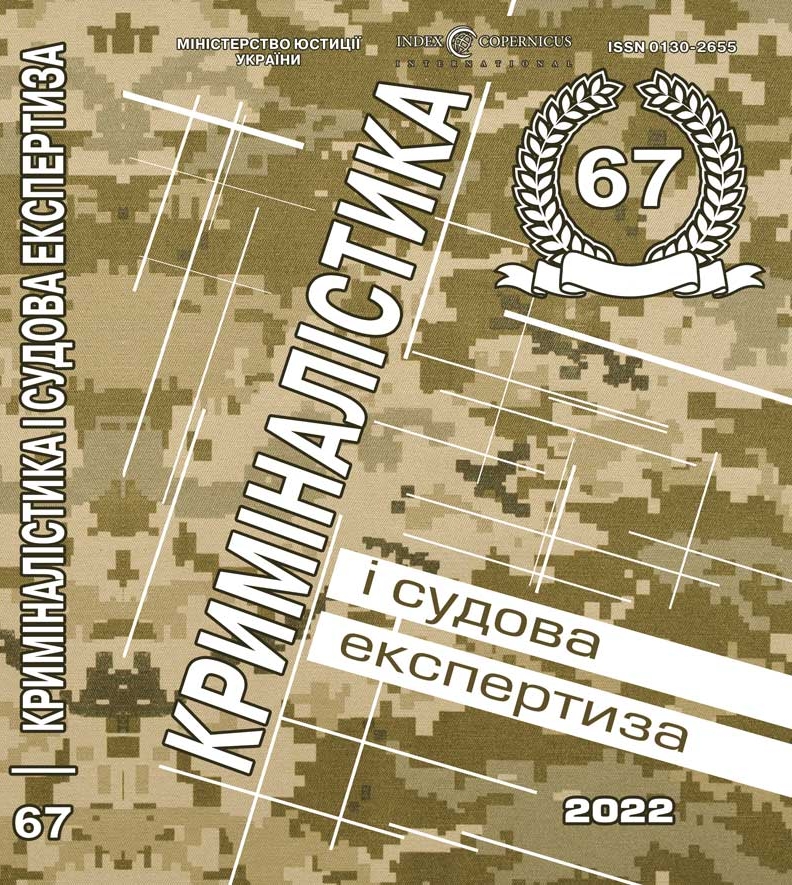
DOI: https://doi.org/10.33994/kndise.2022.67.43
I. Kuchynska
The current state of development of the production of portable analytical equipment, which is used in the prevention, detection and investigation of crimes carried out outside the laboratory to provide emergency assistance in criminal investigations or for judicial intelligence.
It is emphasized that investigations conducted directly at the crime scene are extremely important for the acceleration and efficiency of the pre-trial investigation, prevent delays in sending materials to forensic laboratories, and allow finding the perpetrator until he has destroyed the evidence or not. left the crime scene.
An overview of the world’s existing analytical platforms (sensors) is provided, on the basis of which portable equipment is created for convenient, fast, accurate detection of relevant substances during operational (search) actions, prevention and detection of crimes.
The experience of using portable analytical equipment by forensic services of foreign countries is analyzed and noted; There is currently a need for analytical techniques that have sufficiently reliable data and conclusions that serve as evidence in court and could be used to work at the crime scene in real-time.
The latest technological developments create new opportunities for research outside the laboratory. The benefits of forensic real-time forensic investigations are numerous, and such technologies significantly increase the speed of investigations and the efficiency of the criminal justice system.
The issue of covering the peculiarities of technical and forensic support for the investigation of crimes has not yet been properly reflected in the domestic scientific literature.
Specific examples of portable systems for on-site analysis were presented, which had high sensitivity and specificity in conducting qualitative and quantitative analysis in the field of public safety, environmental protection and monitoring of production processes. The most common are ion mobility spectrometry, mass spectrometry, and gas chromatography, followed by determination using a sensitive detector.
Such portable devices/systems are well established for forensic research on drugs, explosives, unidentified substances, paints, polymers, toners, pen pastes, fibres, beverages, blood tests, gems and minerals, successfully used for DNA identification, blood tests to detect group and rhesus factor.
Key words: portable equipment, crime scene, mass spectrometry, spectros-
copy, paper sensors, electrochemical sensors.










